Search
Did you mean: Ife?
Search Results
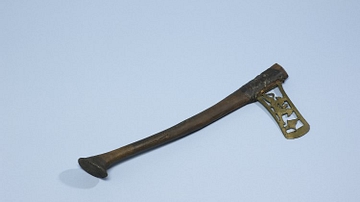
Image
Ornamental Axe
Flat, ornamental axe-head with original wooden haft and black leather binding. It is certainly non-functional. From Thebes, Egypt, c. 1550-1285 BCE.
British Museum, London.
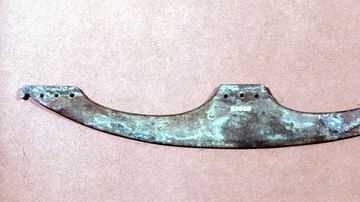
Image
Middle Kingdom Axe-head
Arsenical copper axe-head, dating to the Middle Kingdom of Egypt. It has nine binding-holes, three in each tang. Traces of the original wooden haft survive and the remains of some organic material are preserved in the corrosion product on...
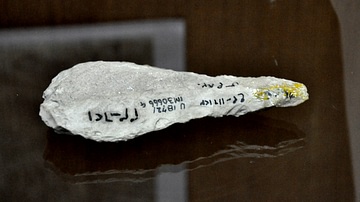
Image
A hand-axe from Hazar Merd Cave
This hand-axe was found in Hazar Merd cave, a paleolithic cave which lies 13 km west of modern Sulaimaniya city, Iraq. It dates back to 50,000 BCE. (The Sulaimaniya Museum, Iraq).
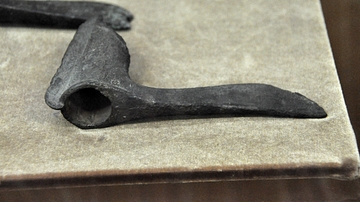
Image
Shaft-Hole Axe from Early Dynastic Period
This shaft-hole axe dates back to the early dynastic period,2800-2350 BCE, Mesopotamia, Iraq. (The Sulaimaniya Museum, Iraq).
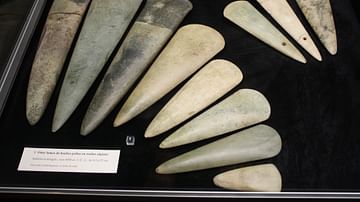
Image
Neolithic Axe Heads
Axe heads of jadeite and eclogite from the neolithic site of Carnac, north-west France. (Archaeological Museum of Carnac)
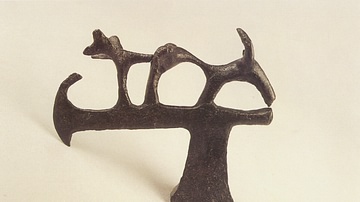
Image
Thracian Miniature Axe, Regional Museum of History - Stara Zagora
Miniature axe, decorated with protomes of a bull, griffin, and a deer. The blade is shaped as a stylised goat head. 8th-7th century BCE. Regional Museum of History - Stara Zagora. Photo: Nikolay Genov in catalogue of the exhibition Los...
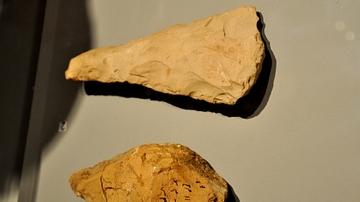
Image
Hand Axe and Stone Tool
These were found in Barda Balka and are considered the oldest human-made artifacts among the whole museum's collections. Circa 100,000 BCE, from Barda Balka (near modern Chamchamal, Sulaimaniya Governorate, Iraq). (The Sulaimaniya Museum...
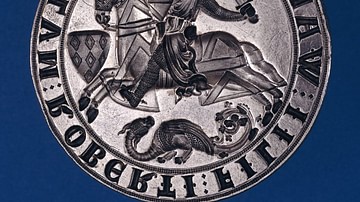
Article
The Weapons of an English Medieval Knight
The weapons of an English medieval knight in combat included the long sword, wooden lance with an iron tip, metal-headed mace, battle-axe, and dagger. Trained since childhood and practised at tournaments, the skilled knight could inflict...

Definition
Fasces
The fasces were a bundle of rods and a single axe which were carried as a symbol of magisterial and priestly authority in ancient Rome. They featured prominently in important administrative ceremonies and public processions such as triumphs...
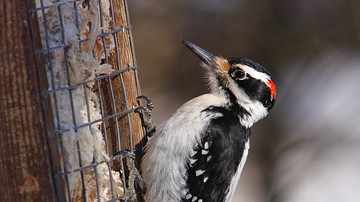
Article
The Woodpecker's Mother-in-Law
The Woodpecker's Mother-in-Law is a Cheyenne tale which, like any other, is open to various interpretations but, among them, highlights the strength and autonomy of Cheyenne women. The old woman and her daughter each possess supernatural...